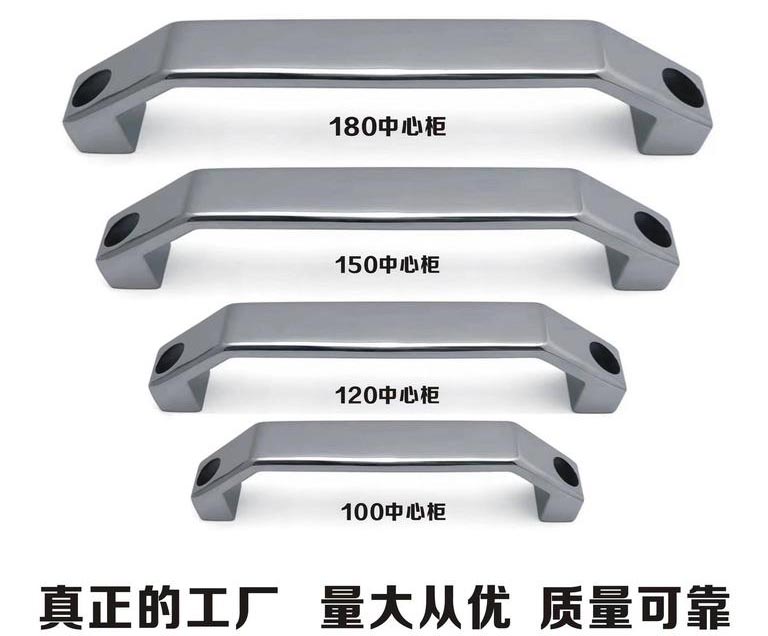Industrial machine tools are essential for manufacturing processes, as they are used to process raw materials into desired products. These machine tools are designed to perform a wide range of operations, including cutting, grinding, boring, milling, and drilling. The handles on industrial machine tools are an important aspect of their design, as they provide operators with a secure and comfortable way to control the machine.
The handles on industrial machine tools can vary in design, depending on the specific machine and the operations it performs. Some handles are designed to be easily graspable and allow for precise control of the machine, while others are designed for operators to use their entire hand. The handles on these machines must be sturdy and durable, as they are constantly being used and exposed to harsh environments.
The handle design can also affect the operator's efficiency and productivity. Handles that are easy to grasp and control can reduce the fatigue and stress on the operator's hands and arms, leading to more consistent and accurate machine control. This can result in increased production rates and improved quality of the finished product.
In addition to the physical design of the handles, they also need to be ergonomically designed to ensure operator comfort and safety. The handles should be positioned in a way that allows for easy access and control, while also minimizing the risk of repetitive strain injuries or other work-related injuries.
In conclusion, the handles on industrial machine tools play a crucial role in ensuring operator comfort, control, and productivity. It is important for machine tool designers to take into account the needs of operators when designing handles, as this can lead to the creation of a better, more efficient, and safer machine tool design.
Modified at: 2024-01-31 02:35:53
